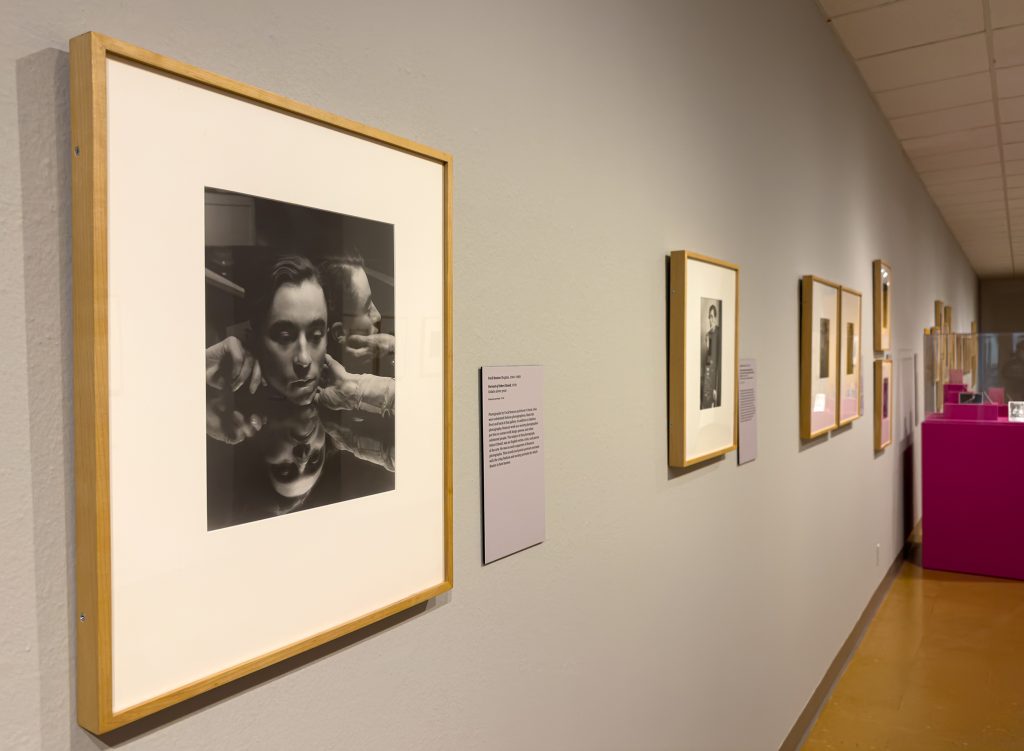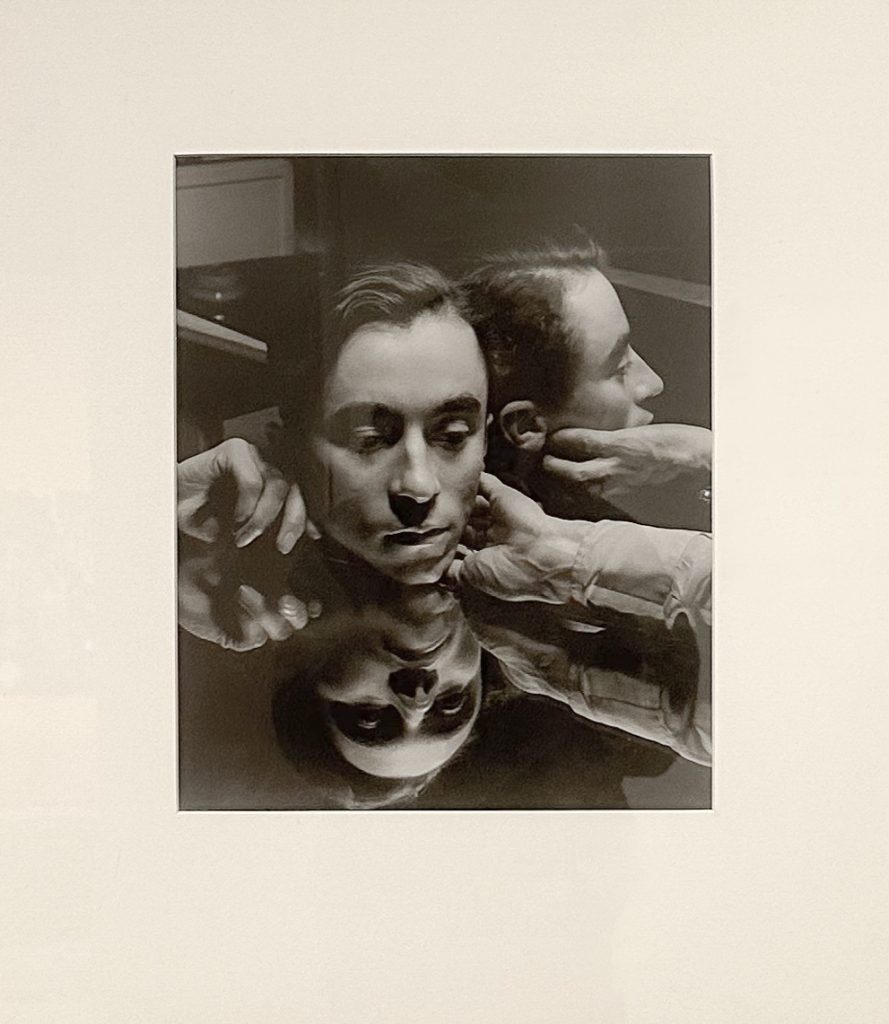Student research leads to correction of artwork records

Earlier this semester students in “20th Century photography”, a class taught by Assistant Professor of Art History, Kevin Mulhearn, were asked to write a reflection on an artwork of their choosing from Evolving Visions: 20th Century Photography, a section of Hindsight Insight 3.0. Students were to conduct research of the artist, the artwork, and its context in the 20th century.
One student’s reflection, written by Daniel Tso-Begay an undergraduate student at UNM, made a crucial discovery – an error in the title of a portrait taken by British photographer, Cecil Beaton in 1930. “The photo I was interested in, or rather drawn to, was the Charles James portrait by Cecil Beaton, which was incorrectly titled, Portrait of Osbert Sitwell. I took a photo for future research reference, and when I got home, I researched the title. And the image I had seen was not showing up on my image search results.” Said Tso-Begay.
What Tso-Begay found was that the sitter of Beaton’s photography was not Osbert Sitwell, as was previously reflected in our records – but rather it was American fashion designer, Charles James.

“The results showed me photos of a very different man, and so I put two and two together, and concluded that the title was a typo, and then went down a rabbit hole of research. I then simply plugged the image into google reverse image search. Although it showed the same image, it did not give me a description of who it was. I then did further research by scouring through the results of a name, and it showed the name, Charles James.”
Untitled (portrait of Charles James) was originally purchased by UNMAM in 1974, from the Sonnabend Gallery in New York City, NY. Upon research into our archives after Tso-Begay’s discovery, UNMAM Collections Manager, Stephen Lockwood, found the original purchase invoice of the photograph. The invoice correctly identifies Charles James as the sitter of the portrait, reading “One work by Beaton, Cecil: Charlie James, 1930.” Yet by 1980, in the Catalog of 20th Century Photographs published by UNMAM, the image is credited as Untitled (portrait of Osbert Sitwell). Somehow between 1974 and 1980 the title was changed in our records, and up until this point remained incorrect.
“I looked up on images to see if Charles James was the same man in the photo, and lo and behold, my quest had come to an end, and I was then able to research more about Charles James and write about my discovery/correction in the assignment.”
We are grateful to Tso-Begay who correctly identified the sitter in a portrait by Cecil Beaton as American fashion designer, Charles James. The details of the photograph have since been updated in our records. Student research is imperative to UNMAM as we continue to serve our mission as a teaching museum.
A selection of student reflections from the “20th Century Photography” class were previously published here. Read Tso-Begay’s full museum label below.
Cecil Beaton, Portrait of Charles James, 1930
Written by Daniel Tso-Begay
“In this portrait of Charles James (1906-1978), celebrated as America’s greatest fashion couture designer, who famously designed couture ball gowns for the celebrities of the Golden Age, and was an inspiration to many including prominent fashion designers, such as Yves Saint Laurent, and Christian Dior, to name a few. Charles James was a close friend of famed fashion photographer, Cecil Beaton, who had shot only two portraits of James, and instead photographed his couturier design work. While Cecil Beaton was known primarily known for his fashion photography, Beaton also worked as an illustrator and designer for both film and stage, respectively.
One of the reasons why I was drawn to this image is because it stands out from the rest of the other images in the gallery, due to its unique composition and multi-angled perspective of the portrait sitter, and best encapsulates what Beaton’s work is known for- unique style of portrait photos, which seemed ahead of its time. Beaton’s work is widely recognizable and is one of my photographic inspirations, as I plan to use my degree to pursue a career in fashion photography, and hope to inspire a new generation of fashion photographers in the same way that Beaton’s work has done for me.”
